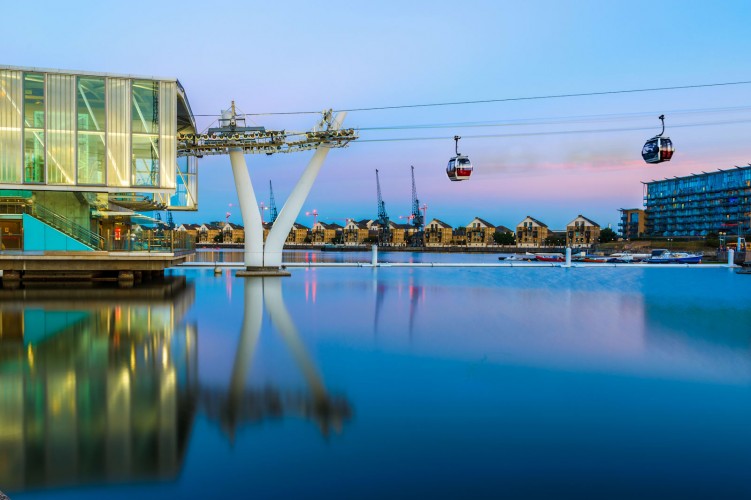
Is the Cable Car the public transport for the future ?
Once restricted to ski slopes, the cable car is becoming more popular as transport systems struggle to keep up with booming construction and growing populations in the developing world.
Cable cars are particularly popular in Latin America, where almost every city has expressed an interest in a cable car network. In 2004, Medellín introduced its cable car network (pictured) to serve underprivileged hilltop neighbourhoods, giving each line a letter and colour – deliberately echoing the city’s existing metro system.
The reason that they’ve really taken off in Latin America is because of the ease of construction over steep terrain. In many mountainous cities, where informal developments tend to be built on hilltops, bus-based public transit is often unreliable or unavailable to people living in those slums. In contrast, cable cars can glide effortlessly over these areas.
South America isn’t the only place that cable cars are making a comeback though, the construction of a cable car in Lagos, Nigeria, is nearly complete and the World Banks has approved a $175 million financing loan to construct one in Kampala, Uganda.
The arguments for cable cars are compelling. Although they carry fewer passengers an hour than subways (5,000 compared to 20,000), they cost ten times less. Cable cars are also more energy efficient than most transport systems if they are used well because the engines run at a constant speed. The upfront costs are comparatively low, too. A typical two kilometre line might cost £5.1 million, experts at a 2012 urban transport conference in Ethiopia estimated.
And the costs for users can be low too. In Constantine, Algeria, a cable car system carried 4.5 million passengers in its first year, at a cost of 12p per trip. Even at that low price, it covered its operation and maintenance costs.
The cable car hasn’t had a positive reception everywhere though. London’s cable car, the Emirates Air Line, opened in 2012 and in 2013 was estimated to be losing £50,000 a week with as few as 16 regular users – as the Guardian notes, “it would have been cheaper to buy [the regular users] a gold-plated minibus”.
That hasn’t put off Dan Levy, CEO of New York real estate company Realty, who has put forward proposals for the ‘East River Skyway’, a network of cable cars connecting Manhattan to Williamsburg, Long Island City and the Brooklyn Navel Yards. He estimates that the network would cost around $100 million to build, which although expensive, is significantly cheaper than building a new subway line.
Although these plans were first mooted in 2014, they have not been approved. But Levy is still keen to see it become a reality. He told the New York Times last year: “I stumbled upon a brand-new state-of-the-art gondola [cable car] system in France and it frankly reminded me of a New York City subway car. It was quite large, with 35 passengers per car. And by the time I got halfway up the mountain, I said, ‘Jeez, why isn’t there one of these between Brooklyn and Manhattan?’ The congestion on the L train is legendary.””
While it doesn’t look like Levy’s plans will come to fruition just yet, it would be interesting to see how New Yorkers would respond to a cable car in their city and whether they would embrace it more than their British counterparts.
Source: virgin.com
